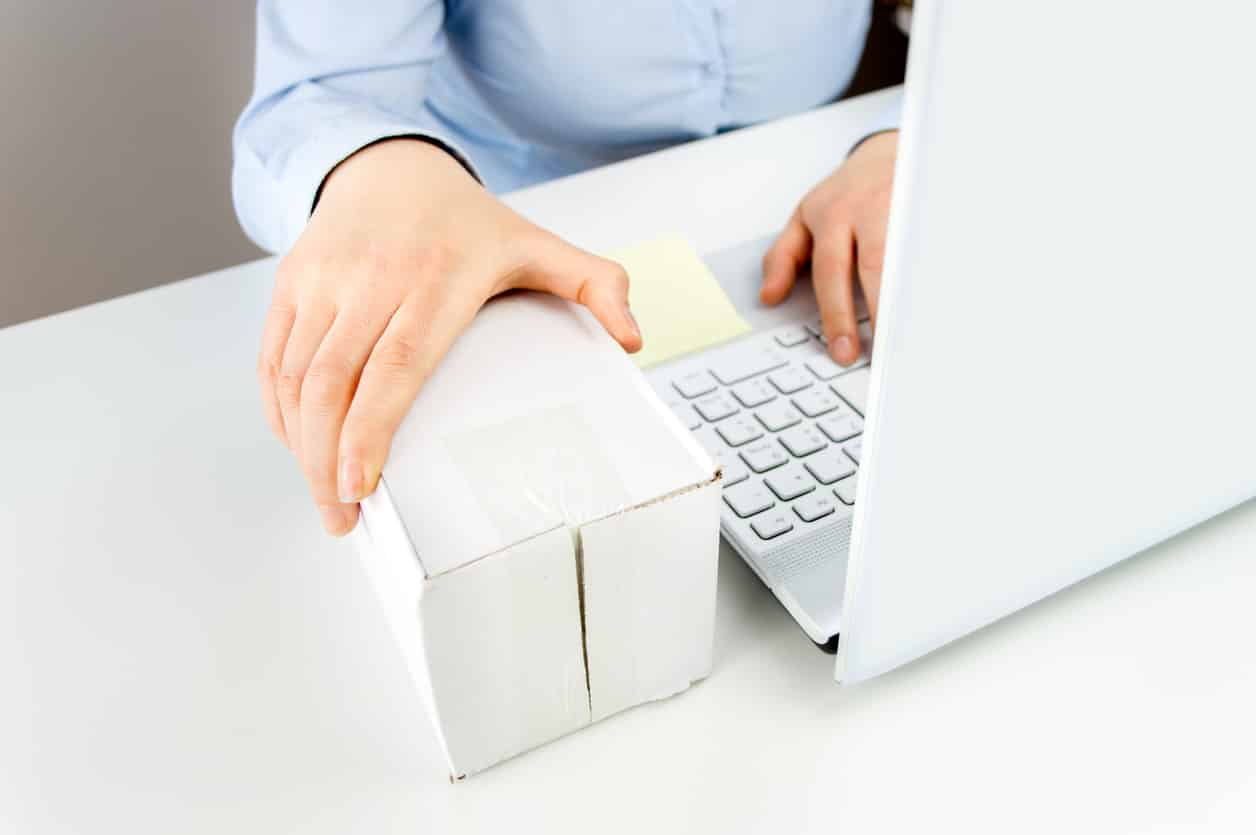

A product return should be a fast and easy experience for any customer. But behind the scenes, the steps necessary to process a product return are more complex. Whether you operate in a B2C or B2B environment, your returns must be executed efficiently and flawlessly so they are frictionless for the customer.
One of the most important steps in the returns management process is the return materials authorization (RMA) – also called return merchandise authorization.
If you can ensure an accurate and efficient RMA step, you’ll set the stage for a smoother returns process overall. Let’s examine what an RMA is and the pieces of an efficient RMA process.
As noted above, an RMA is a return materials authorization. It’s the first step that a B2C or B2B customer takes in order to tell your company that they wish to return a product and receive a refund, replacement or repair. Your company then validates that the purchase was made and issues a formal approval for accepting the customer return.
Typically, when a customer wants to return a product they can do it in the following ways:
An RMA process must deliver a smooth customer experience while ensuring enough detail is gathered to validate the purchase and understand the reason for the return.
A return materials authorization form (or slip) is what your customer fills out when they wish to return an item. It could be a physical RMA slip at a store or third-party location, or an online RMA form for ecommerce businesses. Either way, it should include the following information:
Product information and return reasons are two important pieces of information to include on your RMA form. According to McKinsey, companies lose $10.30 to fraud for every $100 of returned merchandise. A detailed RMA form with product information helps you verify that the returned item was a valid purchase. (Learn more about steps for reducing returns fraud.)
Gathering a few key details about the reason for the return will help you identify trends and lessen returns before they happen. At minimum, an RMA form should ask for a reason code; many companies also ask detailed questions about product sizing or whether the item arrived damaged. Discover how returns software can analyze data to lower costs and improve your operations.
Once a purchase is validated and the return is authorized, the customer receives an RMA number and a link to print a return shipping label.
The RMA number is simply a confirmation number assigned to the return request. It serves as the “ID tag” for the return, allowing your supply chain software to track and process the return through repairs, replacements or refunds.
For companies that use a returns management system (RMS), employees will scan the return at the warehouse. The RMS will display an image of the product so the employee can confirm they are working with the correct item. The RMA number also serves as a way to track the returned item as possible inventory (depending on its condition) and drive fulfillment decisions based on that data.
Be aware of potential pitfalls with your RMA numbers and processes that can make the experience frustrating for customers.
The fastest and easiest way for a customer to initiate a return is online, although some will prefer a store or third-party location. After filling out the RMA form, a series of events makes up the RMA process.
If you are using RMA software, configure and automate your RMA procedures to support your business goals and needs. Creating customized tasks and workflows for various types of returns helps you manage everything from basic returns and refunds to warranties and repairs.
The configurable and flexible ReverseLogix returns management system will support your RMA procedures and the entire, end-to-end returns management. Take the guesswork out of returns by capturing the right data for smarter decisions, automate your workflows, and minimize returns costs!
By configuring returns management software to fit your return rules, you can reduce manual errors and standardize processes. Verification rules guide employees on examining each return and validating the purchase. For example, when a ReverseLogix client standardized returns initiation for its distributors, it saved significant money when it discovered that some customers were abusing the returns policy and returning counterfeit products. Learn more ways to stop RMA and returns fraud.
RMAs benefit B2B and B2C companies in several ways:
Periodically reviewing your RMA processes and rules will ensure smoother sales, faster employee tasks and happier customers. Make sure you have clear guidelines on what is returnable and what is not; timelines for when an item can be returned; whether a receipt is required for a return; steps for returning the item; any fees (such as restocking); and contact information if customers have a question.
These details will inform what information you need to collect on your RMA form and how to set up employee workflows for efficient returns management.
While standalone RMA software systems are available, they only address a sliver of the total returns challenge.
Consider a comprehensive returns management system to make your entire returns management process more efficient. Go here to learn how technology reverses the burden of product returns. View our pricing plans or request a demo today!
About The Author
Gaurav Saran is a Silicon Valley entrepreneur with a passion for leveraging disruptive and emerging technologies to provide innovative enterprise solutions. As founder and CEO of ReverseLogix, Gaurav brings deep industry expertise and is responsible for driving the overall company direction and product strategy. His ability to combine customer vision with methodical execution and thought leadership has positioned the company as a game changer in its field. Previously, he was with Microsoft for over six years, leading enterprise sales for Fortune 500 companies and driving strategic executive relationships.